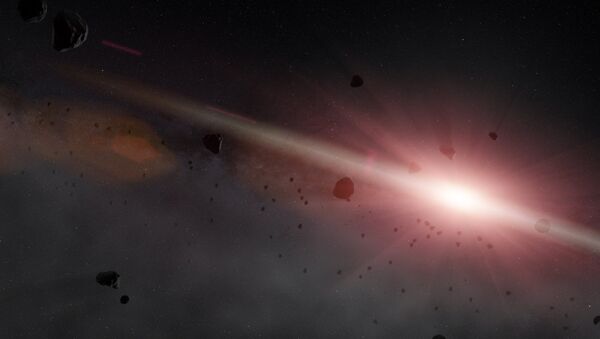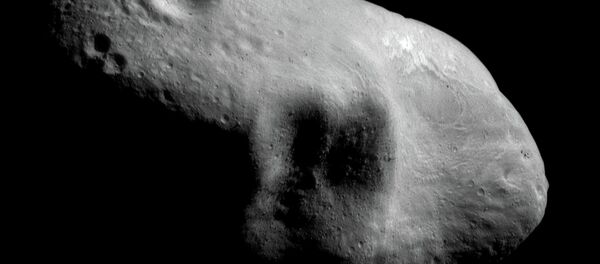The asteroid, called 2014-YB35, was discovered by the Catalina Sky Survey at the University of Arizona in the year it was named after, and this will be its eighth trip past Earth this century. Roughly 1,640 feet wide, the space rock will be making its closest approach to Earth yet, although that still puts it at a safe 2,779,956 million miles away.
While news of the asteroid "skimming" the Earth has caused some panic in the media, experts and scientists have assured that the planet is in no danger. At its closest distance to Earth, 2014-YB35 will still be 11.7 times farther away from the planet than the moon.
In fact, the space rock will essentially be invisible to anyone on Earth, except for NASA astronomers who will be observing it as it travels past the Earth from the Goldstone Observatory in California’s Mojave Desert. And while NASA classifies the rock as "potentially hazardous," it is not nearly as ominous as it sounds. The classification is used by the Agency as a way to identify asteroids solely for observation, and currently applies to 1,564 of them.
Asteroids have come closer to Earth in the past. In January, an asteroid named 2004-BL86 travelled past the Earth at a much closer distance of 745,000 mph, close enough for scientists to capture images of the space rock and identify a small moon orbiting it.
NASA is currently considering three asteroids for a Asteroid Redirect Mission (ARM) it will launch in 2020. The mission will involve an unmanned rocket travelling to the selected asteroid and scraping off a boulder to bring back to Moon’s orbit, from which astronauts can study it in space.
2014-YB35 will make another trip past Earth in 2033, coming closer to the planet, but still at a safe distance of 2,069,166 miles.




